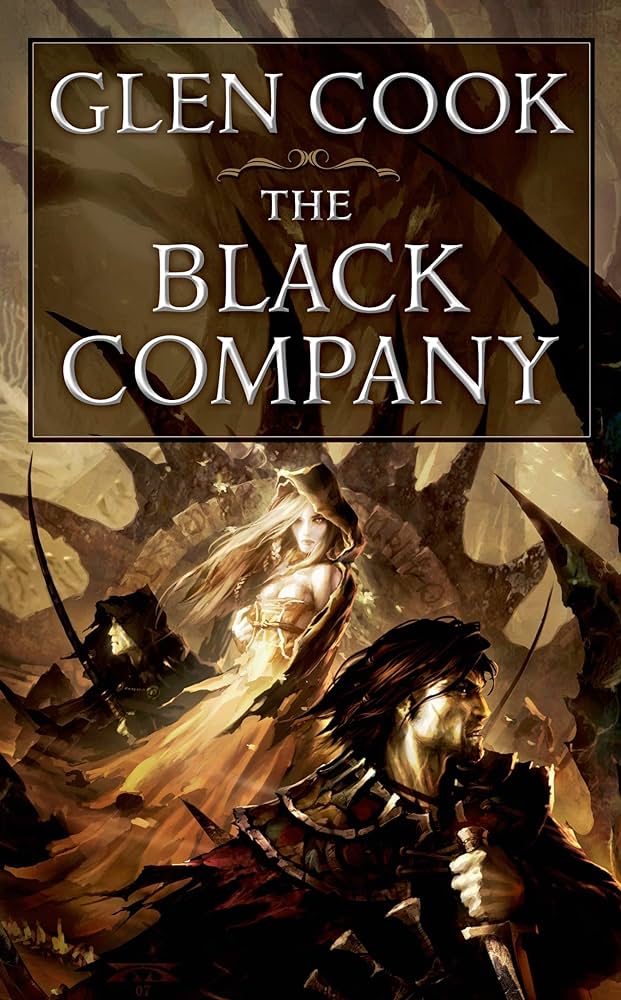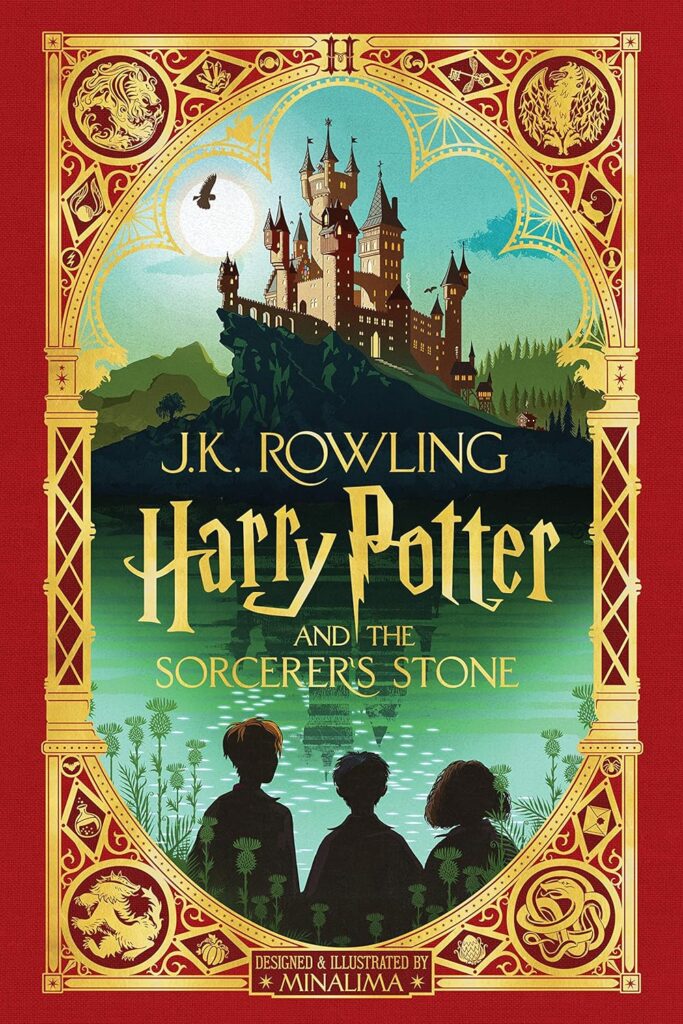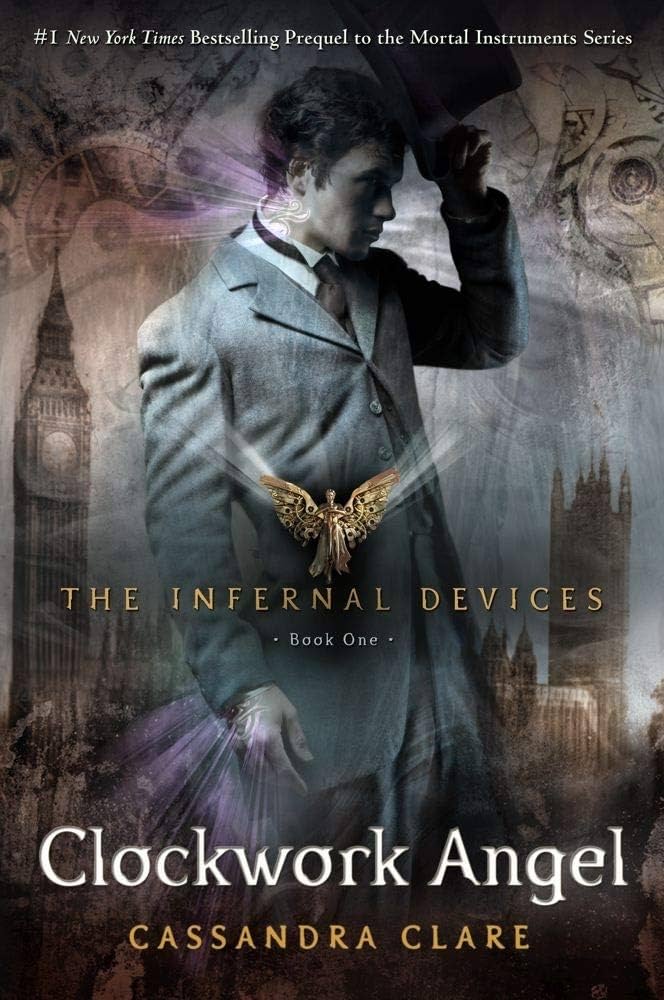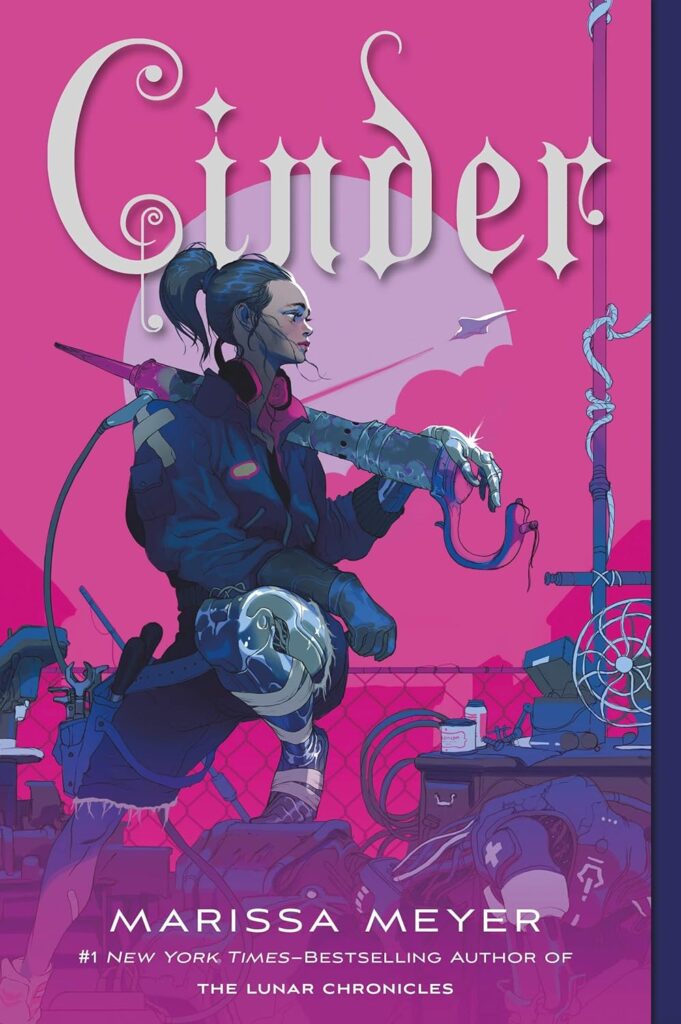Have you ever wondered about the many subgenres of fantasy novels? From epic quests to urban magic, fantasy novels can be broken into many subgenres that cater to every kind of reader. Whether you’re a seasoned fantasy reader or just looking for new magical realms, we will help you navigate the subgenres of fantasy literature. So, grab your wand, don your cloak, and let’s review some of the many facets of fantasy!
The Importance of Subgenres in Fantasy Novels
Subgenres in fantasy novels are crucial because they offer readers a diverse array of magical worlds and experiences to explore. Each subgenre, from epic fantasy to urban fantasy, brings its unique flavor, themes, and storytelling techniques, allowing you to find the perfect escape. Subgenres help categorize fantasy literature, making it easier for readers to discover new books that align with their preferences. So, whether you crave the intricate politics of high fantasy, the gritty realism of dark fantasy, or the romantic enchantment of romantasy, there’s something for you. By including subgenres, fantasy not only attracts a broader audience but also continually reinvents itself, keeping the genre fresh, dynamic, and endlessly interesting.
1. Epic Fantasy
Epic fantasy, often called high fantasy, features grand adventures in fully imagined worlds. These fantasy novels usually revolve around a hero or group of heroes on a quest that involves great battles and struggles between good and evil. The worlds are rich in detail, with intricate histories, maps, and unique cultures. Characters often face moral dilemmas and grow through their journeys, encountering mythical creatures and powerful magic. This subgenre is known for its sweeping narratives and complex plots.

Example:
“The Lord of the Rings” by J.R.R. Tolkien is the quintessential epic fantasy. Follow Frodo Baggins as he embarks on a perilous quest to destroy the One Ring and save Middle-earth.
2. Urban Fantasy
Urban fantasy mixes magical elements with modern, urban settings, often featuring supernatural beings like vampires or wizards living among us. These stories usually take place in cities where magic and reality intersect, creating a unique blend of the ordinary and the extraordinary. Protagonists often balance everyday life with magical challenges, such as solving supernatural mysteries or battling dark forces. This subgenre is fast-paced and exciting, offering relatable characters and real-world locations infused with magic. It’s perfect for readers who enjoy seeing the fantastical hidden in plain sight.

Example:
“The Dresden Files” by Jim Butcher follows wizard-detective Harry Dresden as he solves magical crimes in modern-day Chicago.
3. Dark Fantasy
Dark fantasy novels combine elements of horror with traditional fantasy, exploring the eerie and sinister aspects of magic and human nature. These stories often have grim settings and complex characters who confront dark forces and inner demons. The atmosphere is usually tense and foreboding, with themes of power, corruption, and moral ambiguity. Dark fantasy delves into the shadowy sides of magic, making it a top choice for readers who enjoy tales that challenge the boundaries between good and evil.

Example:
“The Black Company” by Glen Cook tells the story of an elite mercenary unit in a grim and gritty world, facing both human and supernatural threats.
4. Historical Fantasy
Historical fantasy weaves magical elements into real historical settings, blending the richness of history with enchantment. These fantasy novels transport readers to different eras, where magic influences historical events and societies. Characters may encounter mythical creatures or wield magical powers while navigating historical challenges. The blend of fact and fantasy creates an immersive experience, making history come alive in new ways. This subgenre is ideal for readers who love both history and magic.

Example:
“Jonathan Strange & Mr Norrell” by Susanna Clarke explores an alternate history of England during the Napoleonic Wars, where magic is real and has profound effects on society.
5. Sword and Sorcery
Sword and sorcery focuses on action-packed adventures featuring lone heroes or small groups battling fantastical creatures and dark wizards. These tales emphasize personal heroism, magic, and combat, with protagonists often relying on their skills and bravery. The fantasy novels are usually fast-paced, with a focus on individual quests rather than world-altering events. Sword and sorcery is best for readers who enjoy battles and magical duels in exotic settings.

Example:
“Conan the Barbarian” by Robert E. Howard follows the legendary warrior Conan as he battles enemies and uncovers ancient treasures in a mythical world.
6. Portal Fantasy
Portal fantasy involves characters traveling from the ordinary world into a magical realm through a portal or gateway. These stories explore the wonders and dangers of discovering a new, fantastical world, often filled with magical creatures and epic adventures. Characters typically undergo personal growth as they navigate these strange lands, facing challenges and uncovering secrets. Portal fantasy novels appeal to those who love the idea of escaping reality and exploring enchanted worlds. It gives a sense of wonder and discovery as readers journey alongside the characters.

Example:
“The Chronicles of Narnia” by C.S. Lewis transports siblings to the magical land of Narnia through a wardrobe, where they embark on epic adventures.
7. Magical Realism
Magical realism incorporates magical elements into an otherwise realistic setting, treating the extraordinary as part of everyday life. These stories blend fantasy with the mundane, creating a unique atmosphere where magic is subtle and integrated into the world. Characters often accept magical events as normal, blurring the line between reality and imagination. Magical realism offers a fresh perspective on the ordinary, adding a touch of wonder to daily experiences. It’s perfect for readers who enjoy fantasy novels that make the familiar feel magical and extraordinary.

Example:
“One Hundred Years of Solitude” by Gabriel García Márquez tells the multi-generational story of the Buendía family in a town where magic and reality intertwine seamlessly.
8. Low Fantasy
Low fantasy features magical elements that intrude into the real world, often set in familiar environments where the mundane and the magical coexist. Unlike high fantasy, which takes place in entirely fictional worlds, low fantasy brings magic into our reality. Characters might encounter magical creatures or artifacts in their everyday lives, leading to unexpected adventures. This subgenre provides a grounded approach to fantasy novels, making them relatable and engaging for readers. It’s ideal for those who enjoy stories where the magical and the real world collide.

Example:
“Harry Potter” by J.K. Rowling is set in our world, with the magical world of wizards and witches hidden in plain sight.
9. Paranormal Fantasy
Paranormal fantasy centers on supernatural elements such as ghosts, vampires, werewolves, and other paranormal entities. These fantasy novels often explore the interactions between humans and the supernatural, blending fantasy with romance, mystery, or adventure. Characters might navigate complex relationships with paranormal beings or solve mysteries involving supernatural forces. Paranormal fantasy is perfect for readers who enjoy the thrill of the unknown and are curious about otherworldly creatures. It’s a subgenre that combines fantasy with elements of horror and romance.

Example:
“Twilight” by Stephenie Meyer follows the romance between a human girl and a vampire, blending fantasy with paranormal romance.
10. Steampunk Fantasy
Steampunk fantasy combines elements of fantasy with 19th-century steam-powered technology, creating anachronistic worlds filled with Victorian aesthetics and fantastical inventions. These stories often feature airships, clockwork gadgets, and a mix of magic and science. Characters may go on adventures in alternate histories where steam technology shapes society. Steampunk fantasy is a good choice for readers who like the fusion of historical settings with imaginative technology and magical elements.

Example:
“The Infernal Devices” by Cassandra Clare is set in a Victorian-era London filled with magical beings and steampunk technology.
11. Grimdark Fantasy
Grimdark fantasy is characterized by gritty, violent, and morally ambiguous worlds, often featuring anti-heroes and bleak settings. These fantasy novels focus on the darker aspects of human nature and society. The atmosphere is often pessimistic, with a focus on power struggles and the harsh realities of life. Grimdark fantasy appeals to readers who enjoy intense, thought-provoking narratives that challenge traditional notions of heroism and morality. It’s a subgenre known for its raw and uncompromising storytelling.

Example:
“A Song of Ice and Fire” series by George R.R. Martin, which inspired the hit show “Game of Thrones,” is a quintessential grimdark fantasy. It features complex characters, intricate political plots, and brutal power struggles.
12. Mythic Fantasy
Mythic fantasy draws heavily from mythology and folklore, incorporating gods, mythical creatures, and legendary heroes into its narratives. These fantasy novels often explore timeless themes and archetypal characters, creating worlds steeped in mythological tradition. Mythic fantasy is unique because it blends ancient tales and fantastical elements. It’s perfect for those who enjoy stories that connect the modern world with the mythical past, weaving famous legends into new adventures.

Example:
“The Kingkiller Chronicle” by Patrick Rothfuss weaves mythic elements into the life of Kvothe, a legendary figure whose exploits become the stuff of legends.
13. Fae Fantasy
Fae fantasy revolves around the magical world of the Fae, including fairies, elves, and other mystical beings. These stories delve into the intricate politics, enchantments, and dangers of the Fae realms. Readers are drawn into a world where beauty and danger coexist, and where mortals must navigate the treacherous landscapes of the Fae. Fae fantasy appeals to those who enjoy tales of magic, court politics, and otherworldly creatures, offering a glimpse into enchanting and perilous realms.

Example:
“The Cruel Prince” by Holly Black explores the dark and treacherous world of the Fae, where mortal Jude must navigate the dangerous court politics to survive.
14. Fairy Tale Retellings
Fairy tale retellings reimagine classic fairy tales, often adding depth, modern twists, and fresh perspectives. These stories breathe new life into familiar tales, offering a blend of nostalgia and innovation. Characters may face new challenges or explore different aspects of well-known stories, providing fresh insights into beloved narratives. Fairy tale retellings are ideal for readers who love the magic of fairy tales but crave new interpretations and surprises.

Example:
“Cinder” by Marissa Meyer is a sci-fi retelling of Cinderella, set in a futuristic world where a cyborg mechanic must navigate political intrigue and her mysterious past.
15. Gaslamp Fantasy
Gaslamp fantasy, also known as gaslight fantasy, is set in a Victorian or Edwardian-like era, blending historical settings with magical or supernatural elements. These fantasy novels often feature a gothic atmosphere, rich in mystery and intrigue, with characters navigating a world where magic and manners coexist. The blend of history and fantasy creates an enchanting backdrop for tales of adventure and romance. Gaslamp fantasy appeals to readers who enjoy the elegance of historical settings combined with the supernatural. It’s a subgenre that offers a charming and mysterious experience.

Example:
“Soulless” by Gail Carriger combines a Victorian setting with supernatural elements like vampires and werewolves, centered around the witty and pragmatic Alexia Tarabotti.
16. Weird Fantasy
Weird fantasy blends elements of the surreal, bizarre, and fantastical, often defying conventional genre boundaries. These fantasy novels are characterized by their unique, unsettling atmospheres and imaginative concepts, creating worlds that challenge reality and logic. Characters may encounter strange creatures, unusual landscapes, and mind-bending scenarios that push the limits of imagination. Weird fantasy is great for readers who enjoy unconventional narratives that explore the boundaries of the fantastical and the bizarre.

Example:
“The Fifth Season” by N.K. Jemisin is a groundbreaking award-winning novel that blends science fiction and fantasy in a world where geological disasters shape the fate of civilizations.
17. Heroic Fantasy
Heroic fantasy focuses on the exploits of heroes and their battles against formidable foes, often featuring clear distinctions between good and evil. These are fantasy stories rich with action, valor, and epic adventures, where heroes face great challenges and go on epic quests to save their worlds. Characters often embody ideals of bravery, honor, and sacrifice, making them relatable and inspiring. Heroic fantasy is perfect for readers who enjoy tales of heroism and adventure.

Example:
“The Belgariad” series by David Eddings follows the young farm boy Garion, who embarks on a quest to fulfill a prophecy and defeat a dark god.
18. Science Fantasy
Science fantasy blends elements of science fiction and fantasy, creating worlds where advanced technology and magic coexist. These fantasy books follow themes of exploration, innovation, and the clash between science and mysticism, often set in futuristic or otherworldly landscapes. Characters may wield magical powers alongside technological gadgets, navigating complex societies and mysterious realms. Science fantasy appeals to readers who enjoy the fusion of speculative fiction and fantasy, offering a unique blend of wonder and adventure.

Example:
“Dune” by Frank Herbert is a classic example of science fantasy, set in a distant future where noble houses, advanced technology, and mystical powers collide on the desert planet of Arrakis.
19. Fantasy of Manners
Fantasy of manners, also known as mannerpunk, focuses on social structures, etiquette, and intricate character interactions within a fantastical setting. These stories often emphasize wit, intrigue, and the complexities of society, where characters navigate elaborate social norms and power dynamics. The blend of fantasy and social commentary creates a rich tapestry of character-driven narratives, appealing to readers who enjoy sharp dialogue and clever plots. Fantasy of manners is perfect for those who love stories that delve into the intricacies of human behavior and relationships.

Example:
“Sorcery & Cecelia” by Patricia C. Wrede and Caroline Stevermer is a delightful epistolary novel set in an alternate Regency England, filled with magic, mystery, and social maneuvering.
20. Romance Fantasy (Romantasy)
Romance fantasy, or romantasy, blends the enchanting elements of fantasy with the swoon-worthy aspects of romance. These stories often feature magical worlds, epic love stories, and powerful bonds between characters, combining the excitement of adventure with heartfelt emotions. Characters may face magical obstacles or embark on quests together, deepening their connections in fantastical settings. Romantasy is ideal for readers who enjoy the magic of love intertwined with the richness of fantasy, offering a blend of passion and enchantment. It’s a subgenre that celebrates the power of love in magical worlds.

Example:
“A Court of Thorns and Roses” by Sarah J. Maas is a prime example of romantasy. Follow Feyre as she navigates the dangerous world of the fae, discovers love in unexpected places, and fights to protect those she loves.
Read more about the ACOTAR series by Sarah J Maas.
Exploring the Infinite Realms of Fantasy Novels
Fantasy literature is a wondrous genre, with countless subgenres to explore and enjoy. Whether you’re drawn to epic quests, urban adventures, or dark tales of magic and mystery, there’s a subgenre of fantasy novels waiting to whisk you away. So, pick up one of these books, dive into a new world, and let your imagination soar! Happy reading!

